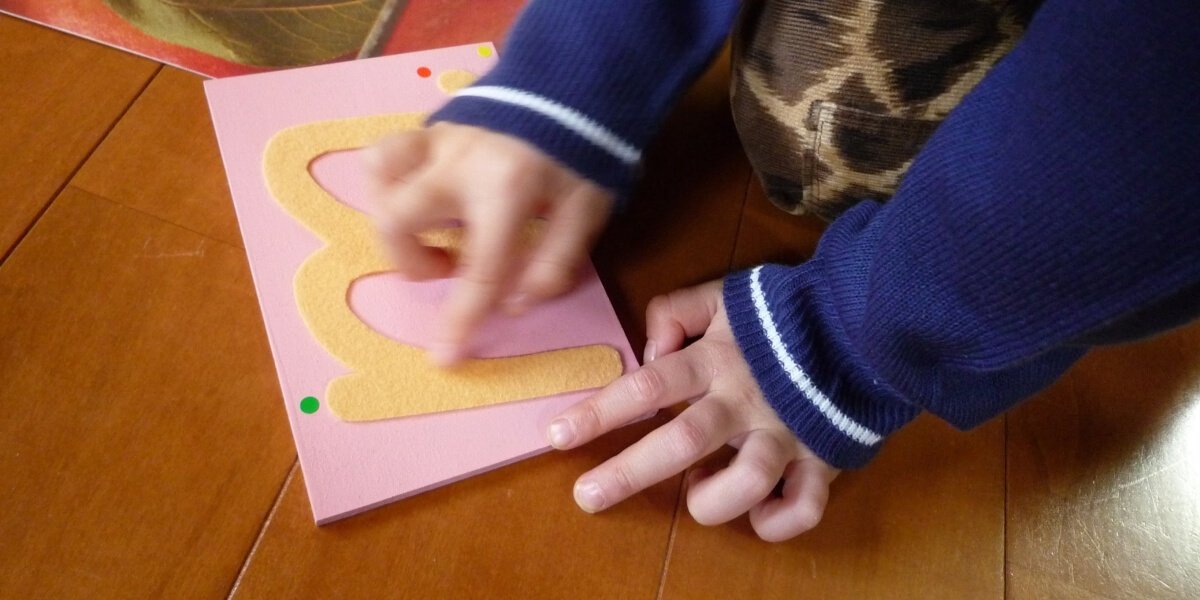Reading (or 'engaging with text')
For many dyslexic students, the reading load they are given is a burden. There are very good ways to make this easier to handle. To a degree, it means making a change to your 'philosophy of reading'. However, if you would like to save time and stress with your reading-list-load, note the tips below.
Firstly, you don't have to read, cover to cover, everything your tutors tell you to. They might say otherwise, but you don’t. You may well need a familiarity with – an overview of – many texts, but you can obtain this without the grief of painfully reading every word of every sentence of every paragraph. A change to your approach can turn a painful and not very rewarding half-day into a satisfying twenty minutes. It really can make that much difference, but you have to adjust your approach and expectations.
Of course, if you want to read the whole thing, have the time and enjoy doing it, that's your choice. Good for you. This piece is written on the assumption that you don't want to or don't have the time or don't enjoy it.
Not all people learn in the same way. Some prefer to start with detail and move from that to the bigger picture. Some are better at beginning with the overview and proceeding in the other direction – to the detail. Reading is a 'detail to overview' process, but dyslexics tend to be better at 'overview to detail'. In fact, dyslexics often have a talent for understanding a subject – having a 'feel for' it – just by gaining a overview of it and, through a sort of intuitive process, 'getting it'.
Note that this is never enough if you have to write an essay on a subject. Although the ideas here are useful to begin to study an essay topic, detailed reading will always be needed (see Essay Writing). But this approach will be enough for preparing for a seminar, tutorial or lecture, or for just gaining a background understanding of a subject. And it can save huge amounts of time and energy.
So, how does a dyslexic obtain an overview of a text without reading 'every word of every sentence'? It's useful to bear in mind that information doesn't exist in the world in the way it's usually presented in academic writing. Out there 'all the things that there are to know' aren't ordered, analysed, put into chapters and expressed in formal sentences. Rather, they exist in a mish-mash of messily interconnected bits and pieces which someone then 'makes sense of' and writes in a book – according to their personal analysis and interpretation. The reader, therefore, should feel free to engage with the text in ways other than the 'start with word one, proceed to word two and so on' approach.
Before any engagement with the text, however, you should first make a mental – or written – note of what you expect/hope to learn from your session. Part of what it takes is to prepare yourself for absorbing the information. And always make notes as you engage with the text. Always write down the ideas you encounter that seem interesting or important – along with the book and page number. You don't want to have to back-track.
Then you should start at the front and the back of the text and work your way in. This is the 'Bookends' approach.
Skim over the contents and index of the book. Do you see anything interesting or relevant? Be confident of your ability to intuitively know this. You will have some familiarity with the topic, however superficial. Let this guide you. If nothing grabs your attention, perhaps you don't need to bother with this text.
If something does, go to that chapter/section. Read the first and last paragraph (or the introduction and the conclusion). Often, you won't need to do more than this to 'get' the subject. You probably don't have to know everything about it (see comment on essays, above). If you want to know more, read the first sentence of each paragraph. Or the first and last. For fun, and to see how this technique can work (and how information outside of academic texts is random and how you can engage with texts by reading them randomly) try reading the first sentence of each paragraph starting with the last paragraph and working towards the first. It really does work and can help free you from the 'tyranny of the text' – the feeling that you have to read in a conventional way.
For this approach to work, you must have faith in your ability to understand intuitively, through extrapolation (by latching on to significant aspects of a subject and more or less 'getting' the rest of it), and you must practise it. And it's OK to engage with a subject whilst knowing that you don't know everything – you don't always have to. Living with an amount of unknowns about a topic is part of this whole approach. And it's fine to do be in that position.
If texts are written well, they will usually introduce the subject of a book in the first chapter and give and overview of it in the last one. Likewise with chapters and their opening and closing paragraphs. Ditto (to a lesser but still useful extent) with paragraphs and their first and last sentences. You can use this to your advantage to help you save time and energy with your reading.
Good luck.







